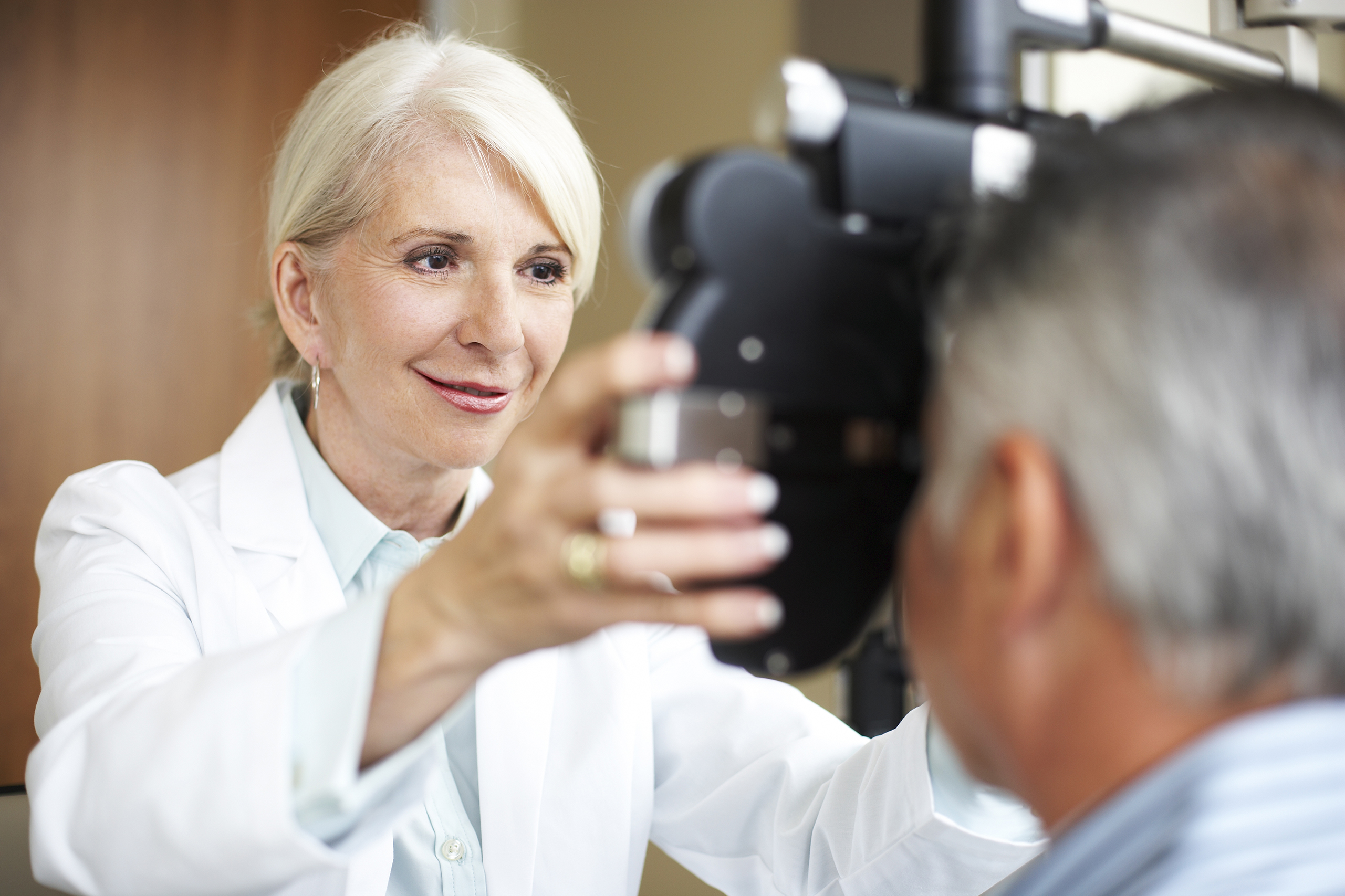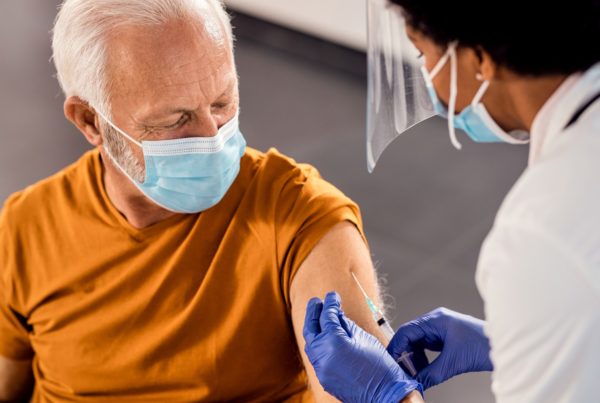
According to the Canadian National Institute for the Blind (CNIB), 75% of vision loss is preventable. Going for a routine eye exam can uncover the early signs of vision problems and point to their causes and possibly correct them. Having your eyes checked regularly may also identify early signs of related diseases such as hypertension and diabetes. According to the Canadian Ophthalmological Society, “vision impairment prevents healthy and independent aging: social dependence increases, risk of falls and mortality rate doubles, the risk of depression triples and the risk of hip-fractures quadruples”. Today, Novus will walk you through how you can best keep your vision healthy to maximize your quality of life.
How Often Should I Get An Eye Examination?
The frequency of your recommended eye exams depends on your age. The Canadian Association of Optometrists recommends that adults 20-39 years of age have their eyes checked at least once every 2 to 3 years, annually for those under 20 years of age. For adults age 40-64, vision should be checked at least every 2 years. Adults age 65 years and older should have their vision checked at least once a year.
However, if you have any pre-existing vision problems, high blood pressure, diabetes, a family history of eye disease including glaucoma, cataracts, macular degeneration or retinal detachment, you should consider more screening. The same applies if you work in an area where eye injury may happen, or if you are a person of African or Hispanic descent, as certain ethnic backgrounds are at greater risk of developing eye problems.
Finally, if you experience any vision changes, physical eye changes, or visual field changes, see an optometrist immediately.
What Kind of Tests Will My Optometrist Conduct?
A general eye examination involves an optometrist or ophthalmologist checking all parts of the eye, for any changes, abnormalities or infections. The following is a non-exhaustive list of tests your doctor may conduct.
Visual Acuity Test
You will be asked to read letters from a chart, covering one eye at a time, to test how well each eye can read small details separately and together.
Ocular Motility
This test includes an evaluation of your eye reflexes and movements.
Ophthalmoscopy
Indirect or direct ophthalmoscopes may be used for this examination of the back of your eye, including your retina and blood vessels. This is done by shinning a bright light in your eye, while the rest of the room remains dark.
Retinoscopy (Refractive Error Test)
During this test, your optometrist will use a retinoscope and a variety of special lenses to test how well your eye accommodates light and produces clear images both near and far. This will give your doctor a good picture of the strength of your eyesight, or how well you see things.
Slit Lamp Examination
A special microscope is used to check the inside of your eye from front to back for early indications of disease and signs of infection.
Tonometry Test (Pressure Test)
Painless puffs of air are directed at each eye to measure the fluid pressure, which tests for glaucoma (progressive damage to the optic nerve that can cause blindness). Your optometrist will also examine your eye lids and the area surrounding your eyes for abnormalities and signs of infection. Your peripheral vision will be tested to measure how well you can see objects and images that are not directly in front of you. Additionally, your eye muscles, nerves that support the eyes, pupils, retina and macula will also be looked at separately to make sure that they are strong and functioning properly.
Stay Healthy
They say eyes are the windows to the soul! Proper eye care is instrumental to your good health. Today’s overview was a high-level look at eye health. For comprehensive information, you’re already in the right place. We wish you the best of health!
Is it time for a check up?
For adults (65 and above)
For adults (40-64)
For adults (20-39)
Learn more about screening guidelines for women and men.
For more health information, visit the health section of our blog!



